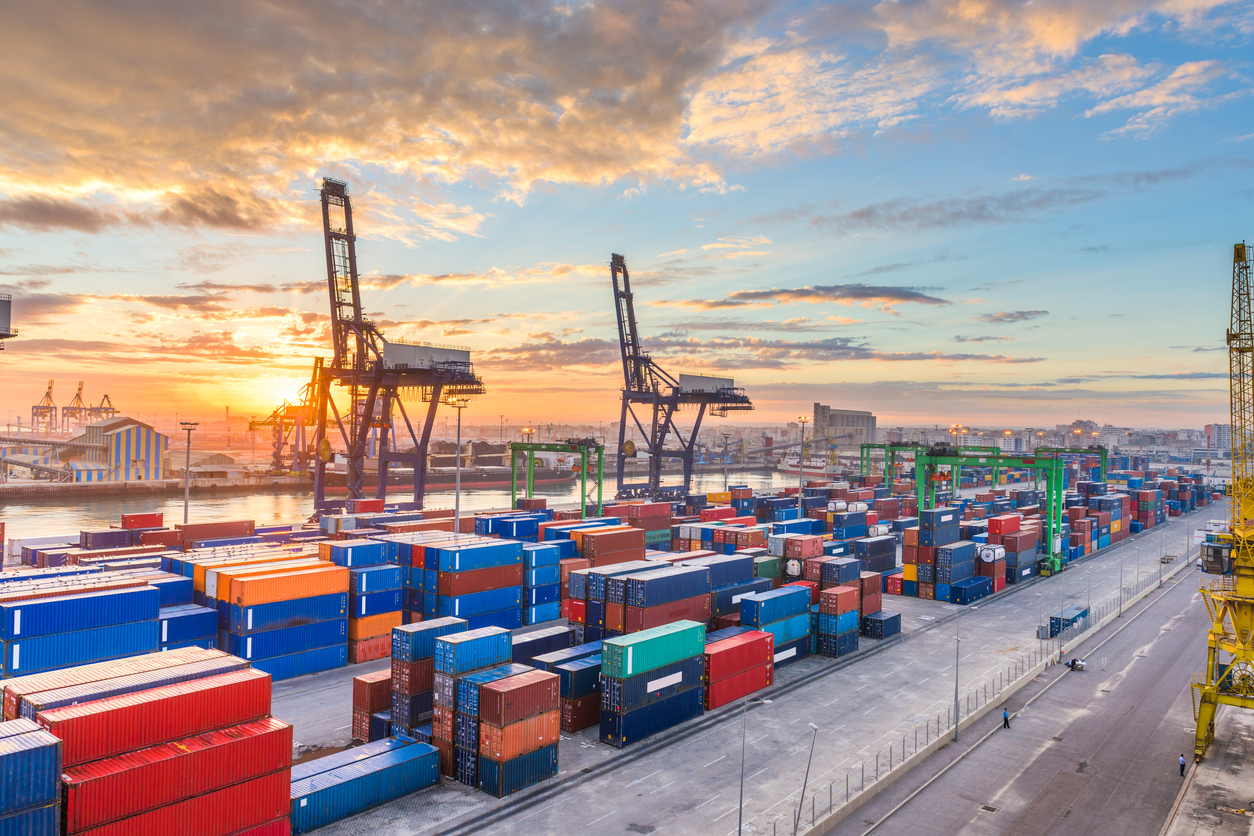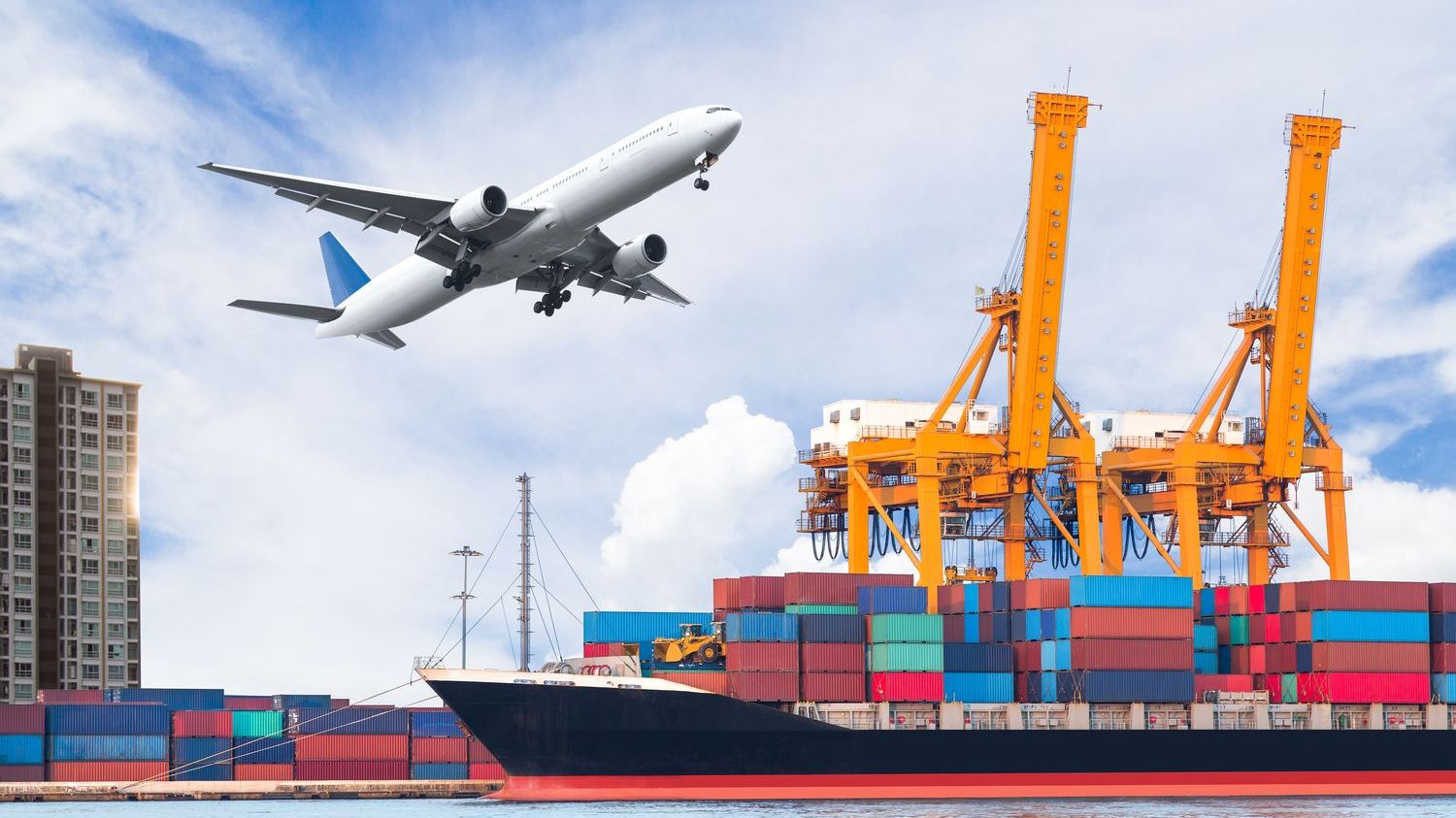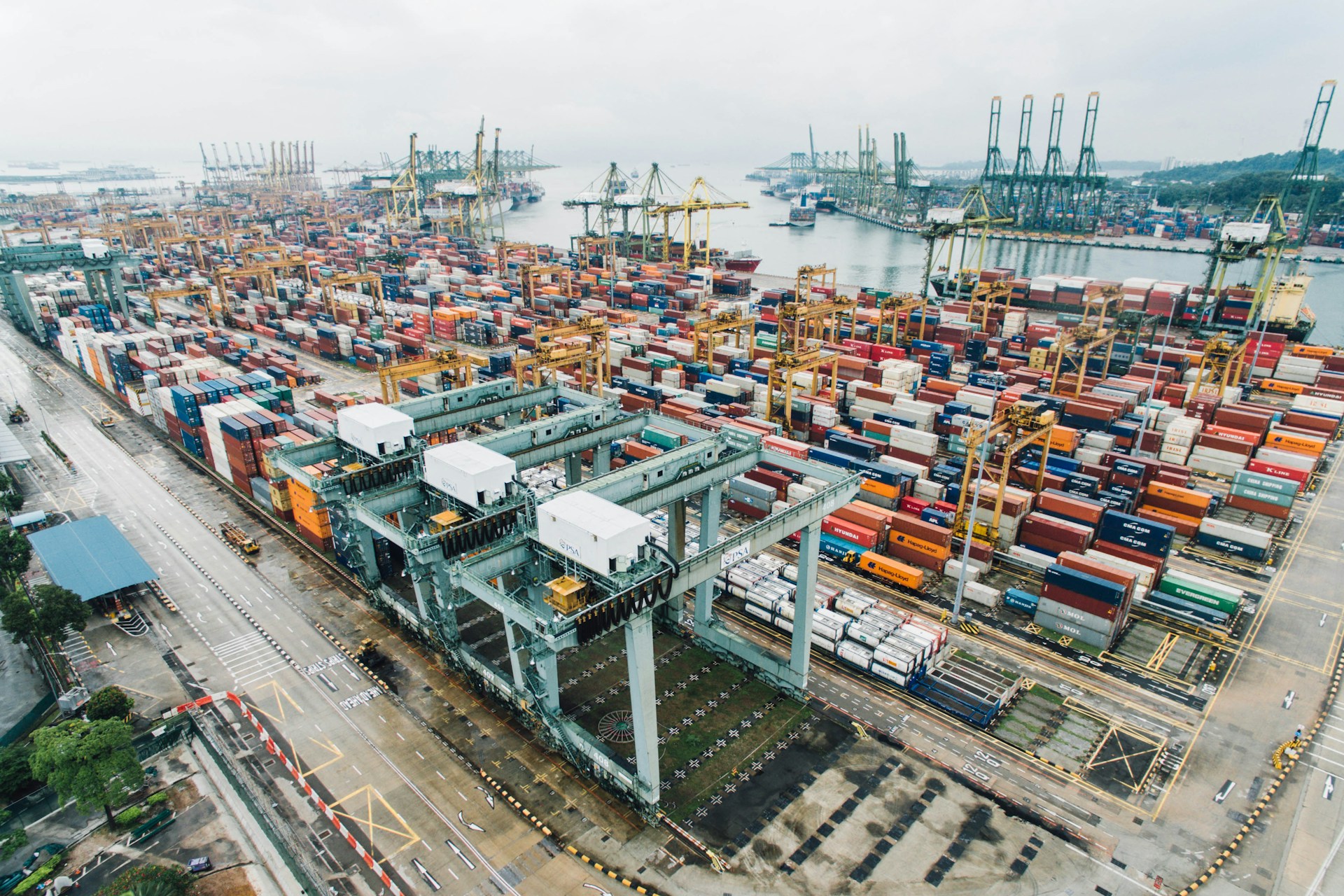In today’s globalized economy, businesses rely heavily on international trade to expand their reach and tap into new markets. At the heart of this process lies the efficient movement of goods, and one critical component is the pricing of international shipping containers. As freight forwarding and logistics companies strive to streamline operations, understanding the dynamics of international shipping container rates becomes paramount. In this article, we’ll delve into the factors influencing these rates, the role technology plays, and how XRGLOBAL can help navigate this ever-evolving landscape.
Container shipping rates are not static; they fluctuate based on various market forces, supply and demand, and operational complexities. These rates are determined by a combination of costs, including vessel capacity, fuel prices, handling fees, port congestion, and even geopolitical events. When demand for shipping space exceeds supply, as was the case during the COVID-19 pandemic, container rates soared, leading to unprecedented price hikes.
One of the key drivers of international shipping container rates is the capacity of the shipping industry. Container carriers invest in larger vessels to accommodate the growing volume of cargo, but this expansion is not always in sync with the growth rate of demand. When there’s an imbalance, rates tend to rise, as carriers exercise pricing power. XRGLOBAL, a forward-thinking logistics partner, utilizes real-time data analytics to predict and manage these fluctuations, helping businesses make informed decisions on when to lock in favorable rates.
Fuel costs play a significant role in determining container rates. As the cost of crude oil fluctuates, so do shipping expenses. The shift towards cleaner energy sources, such as liquefied natural gas (LNG), has led to varying pricing structures. XRGLOBAL‘s integrated solutions take into account these trends, enabling clients to minimize energy-related costs while maintaining a competitive shipping strategy.
Port congestion and infrastructure bottlenecks also contribute to the volatility of container rates. Limited terminal capacity, labor strikes, or customs delays can lead to increased dwell times and additional charges. By partnering with XRGLOBAL, companies can access advanced route optimization tools that help mitigate such disruptions and keep transportation costs under control.
The digitalization of the shipping industry has introduced new opportunities to manage international shipping container rates. Blockchain technology, for instance, promises greater transparency and efficiency in documentation processes, reducing paperwork and administrative costs. XRGLOBAL, with its cutting-edge digital solutions, leverages blockchain and other digital tools to simplify the booking process and secure better pricing deals for its clients.
Another factor affecting container rates is the consolidation of cargo. Consolidation, where multiple shipments are combined in a single container, often leads to cost savings through economies of scale. XRGLOBAL’s expertise in intermodal logistics allows it to optimize consolidation strategies, ensuring that clients benefit from reduced shipping costs without compromising on delivery speed or reliability.
Geopolitical risks and trade policies can have unforeseen consequences on international shipping container rates. Tariffs, trade wars, and regulatory changes can disrupt supply chains and cause rates to surge. XRGLOBAL’s global network and deep industry knowledge enable it to advise clients on navigating potential trade barriers and adjusting their shipping strategies accordingly.
In conclusion, international shipping container rates are a complex web of interconnected factors that require constant monitoring and strategic planning. By partnering with a reliable logistics provider like XRGLOBAL, businesses can gain valuable insights, streamline operations, and secure more competitive rates. With its advanced technology, real-time data analysis, and deep industry expertise, XRGLOBAL empowers companies to thrive in today’s dynamic global marketplace, ensuring that their goods reach their destinations efficiently and cost-effectively.




